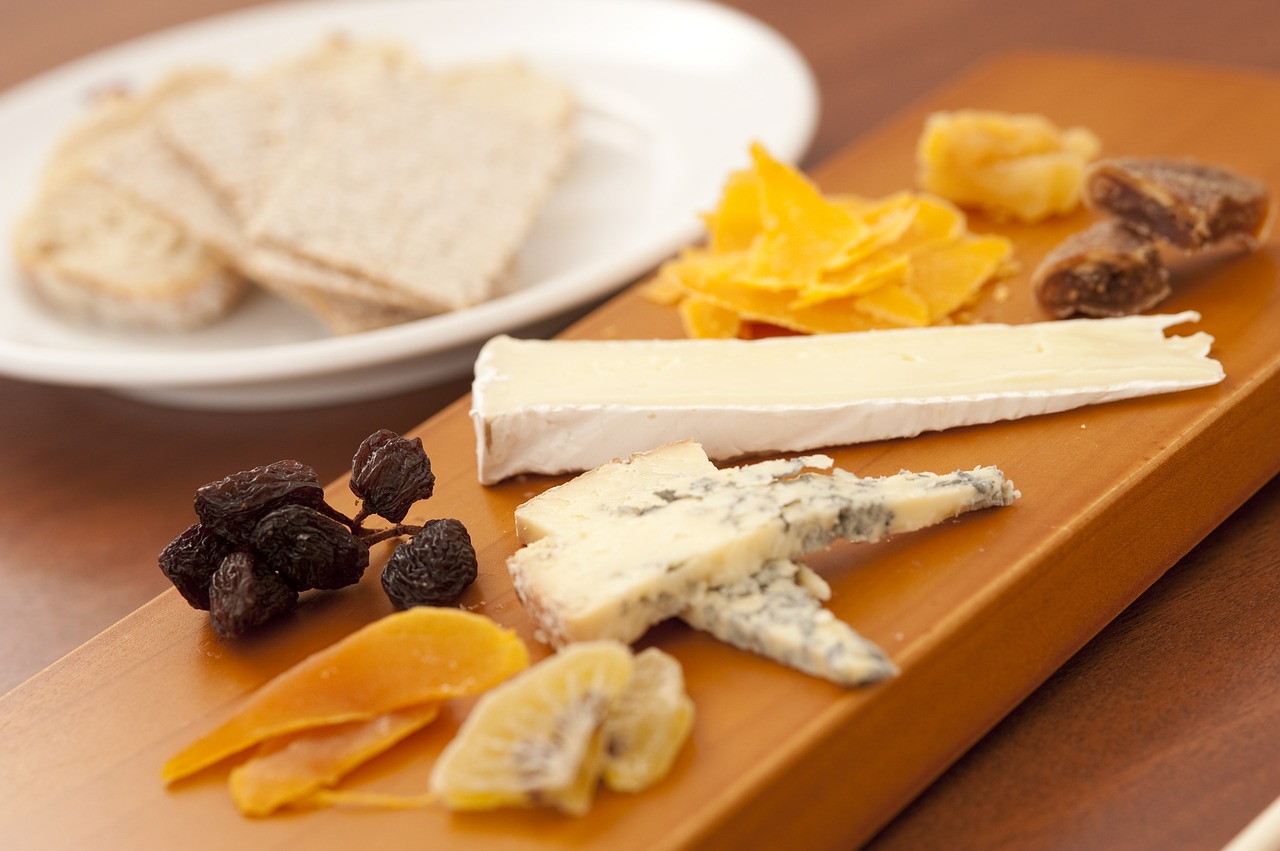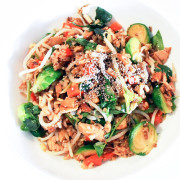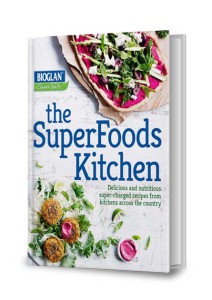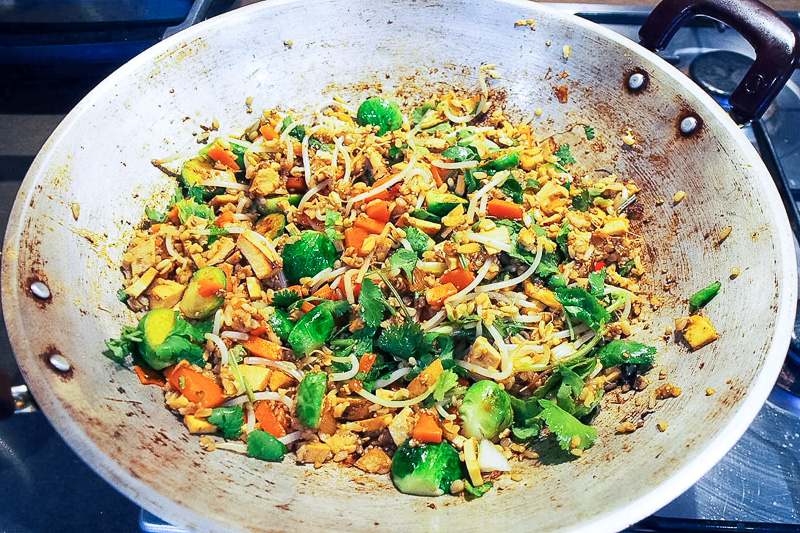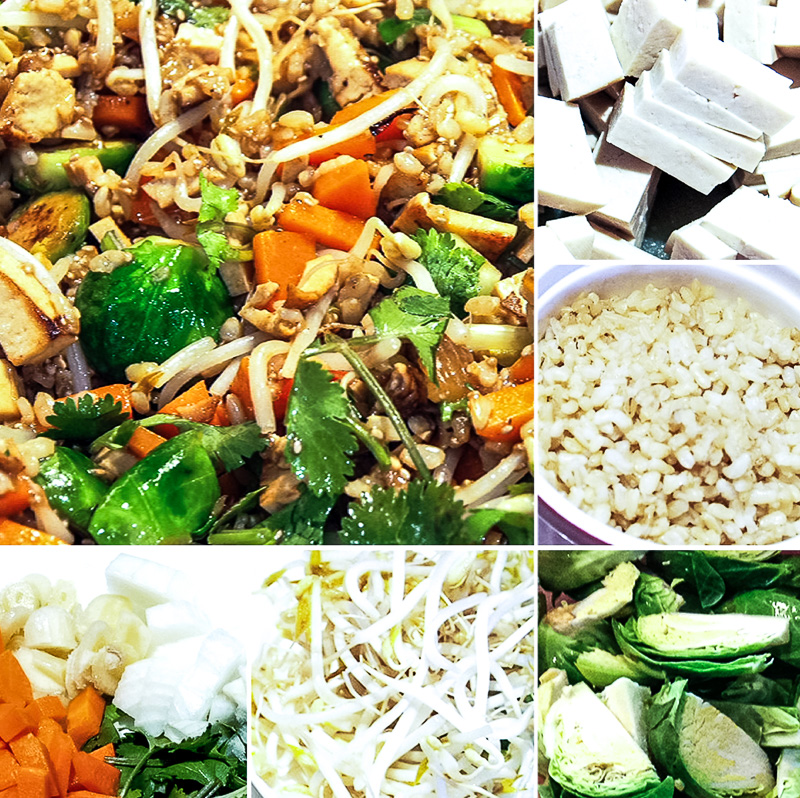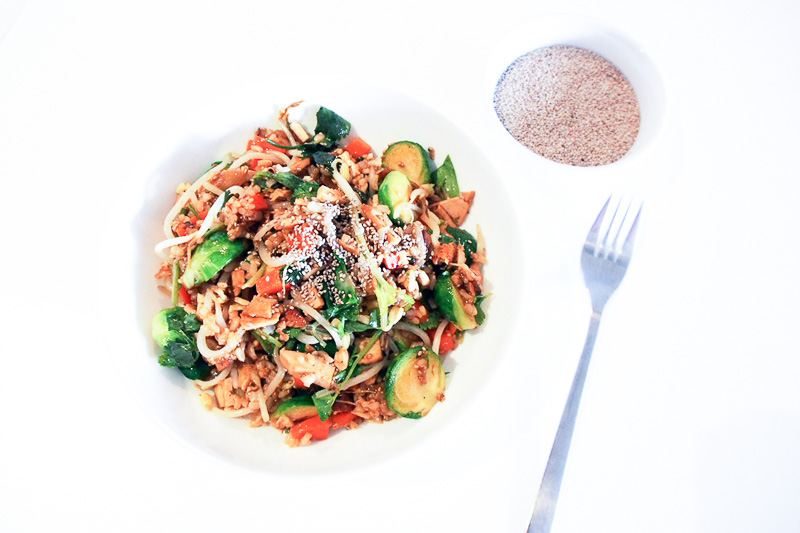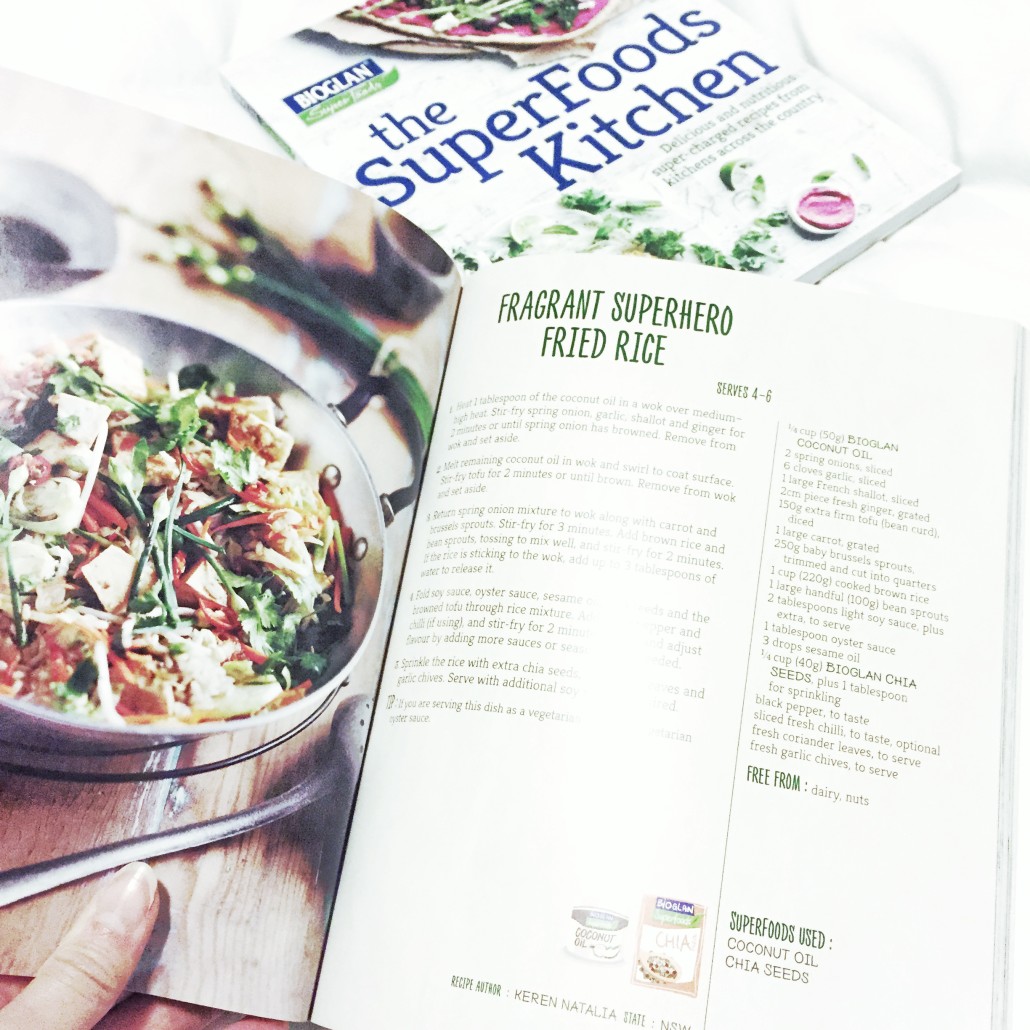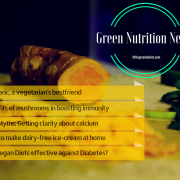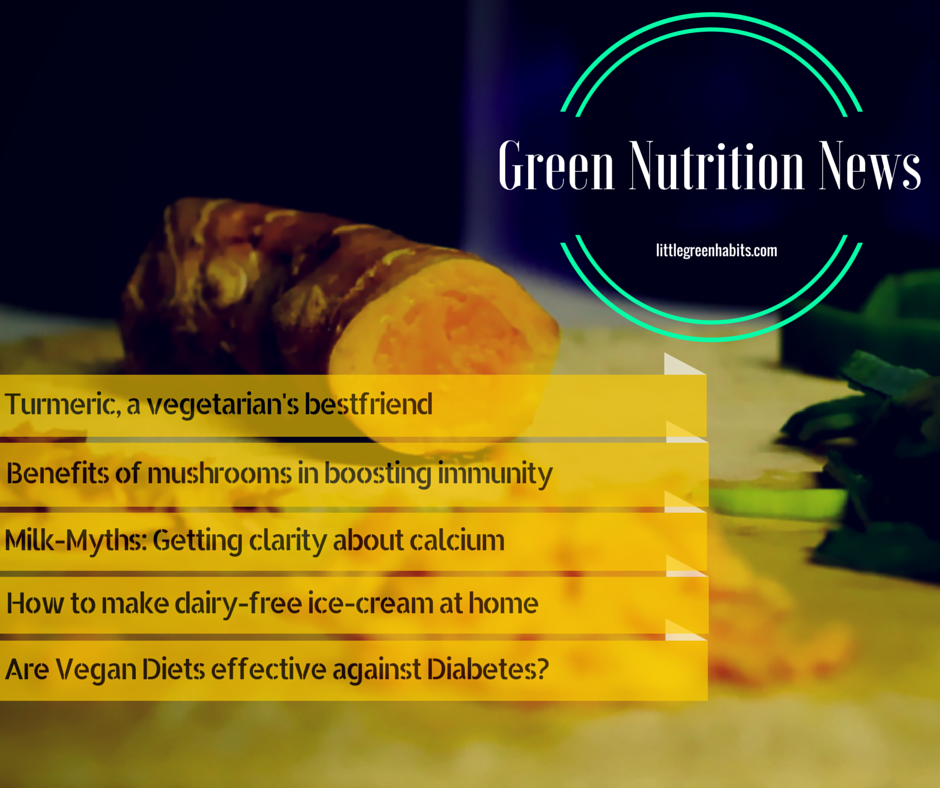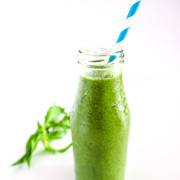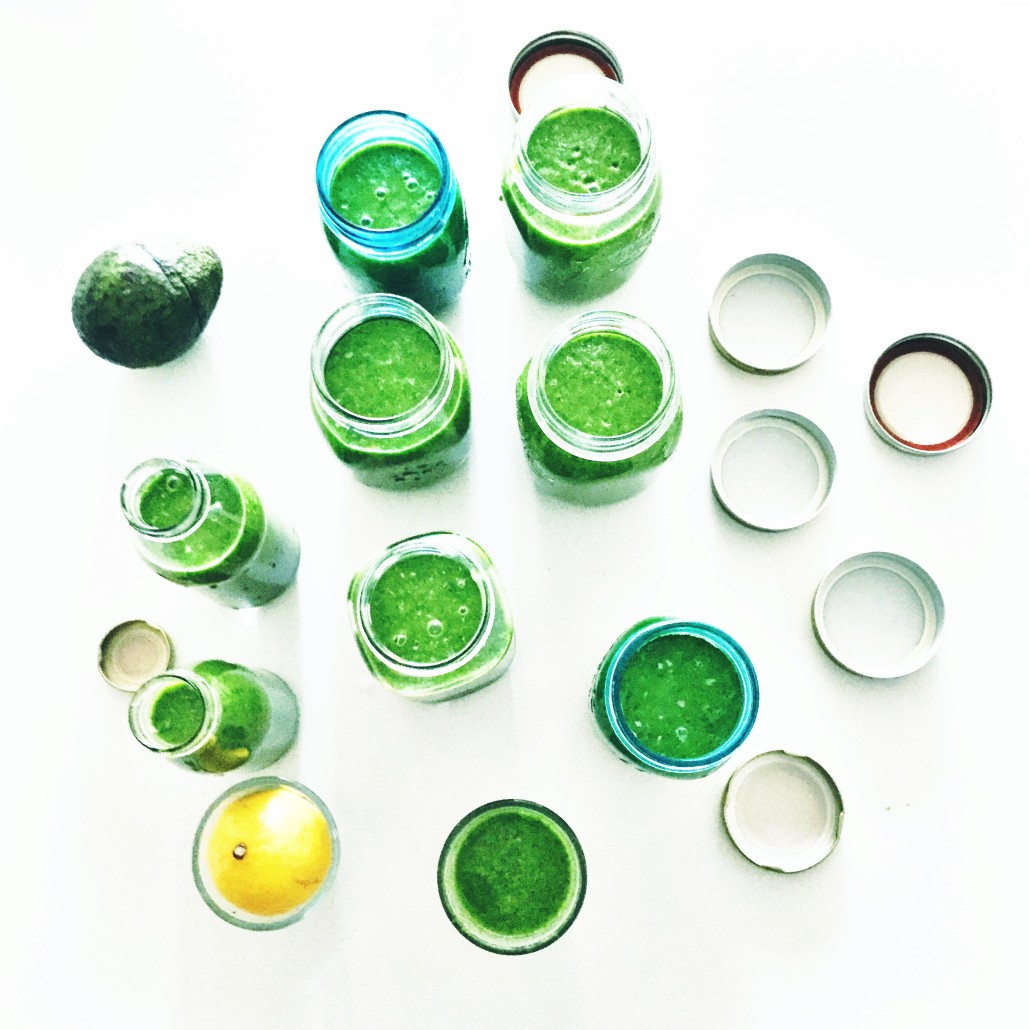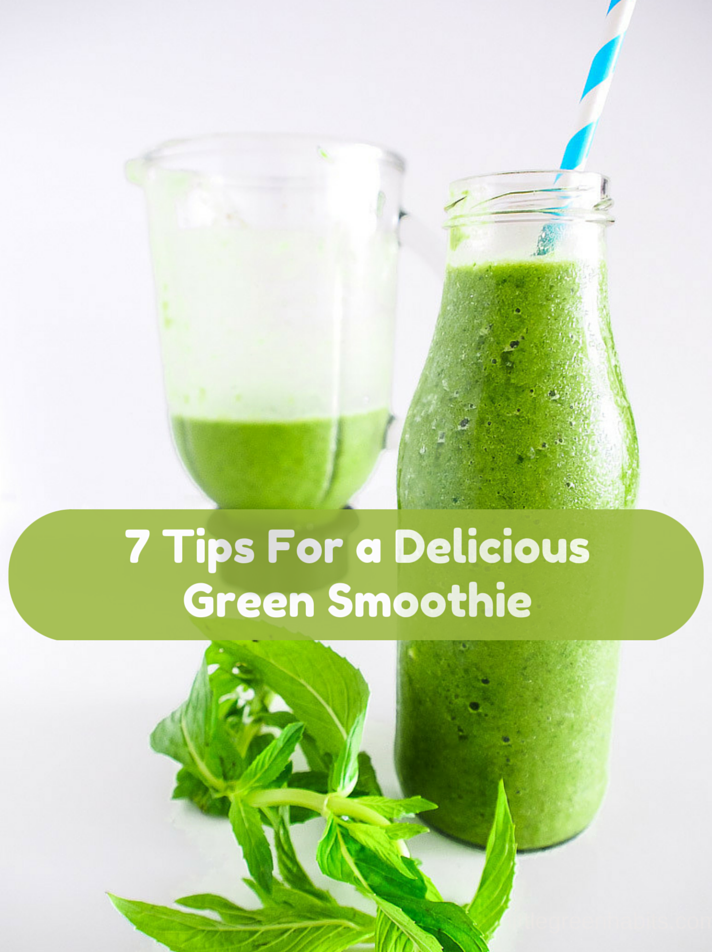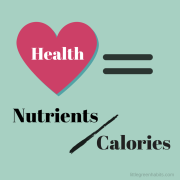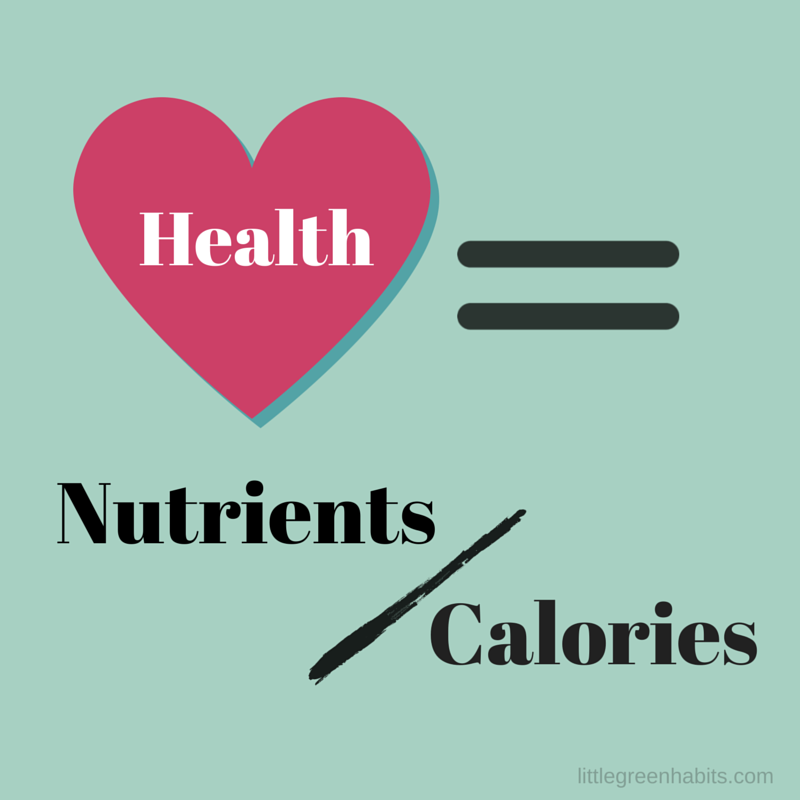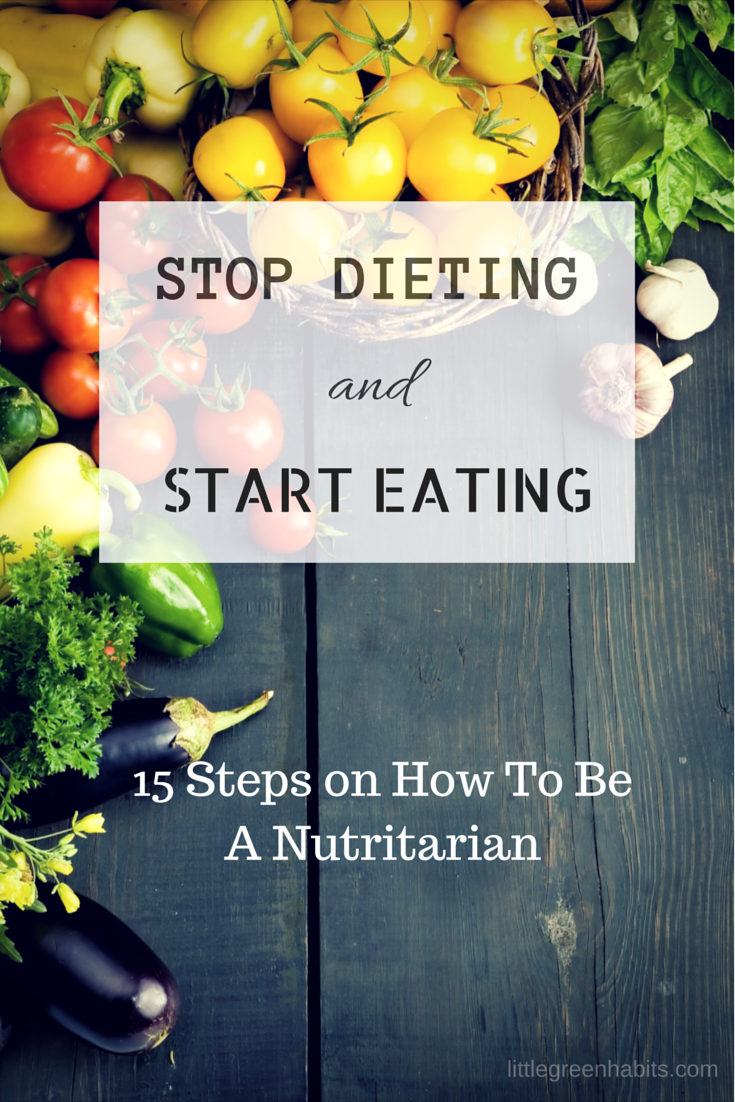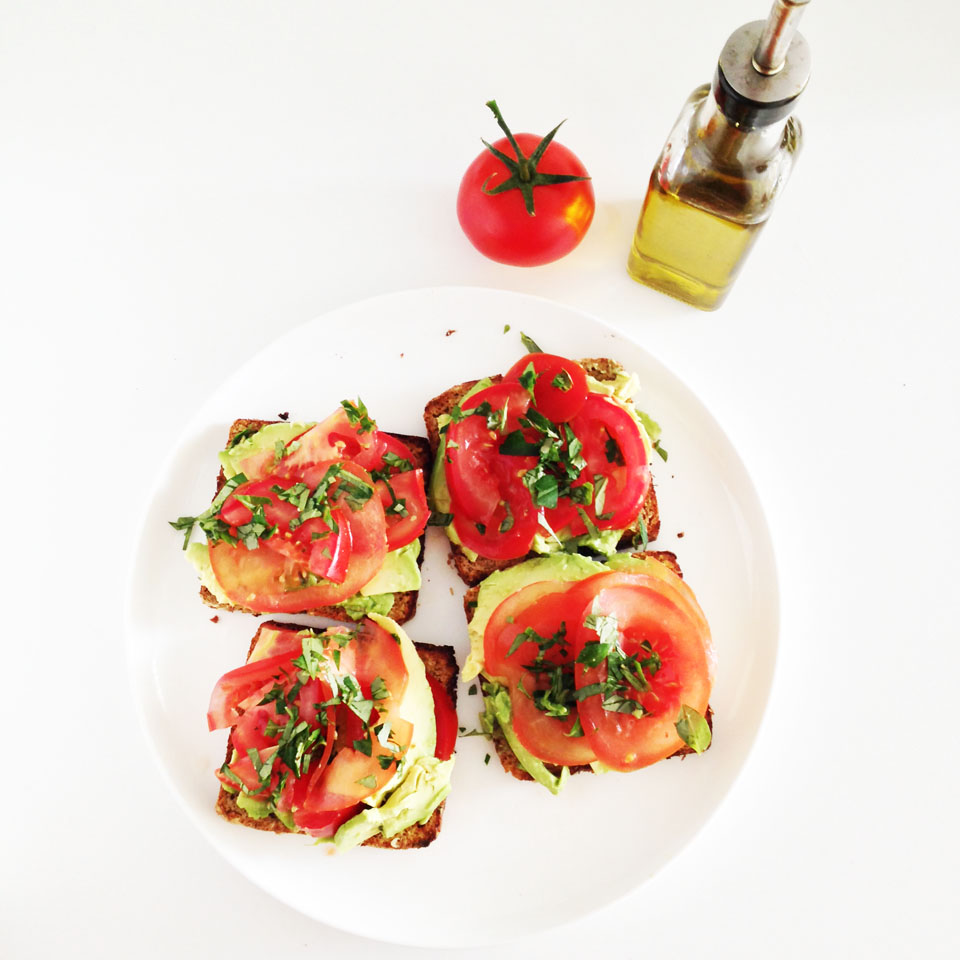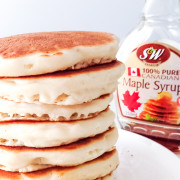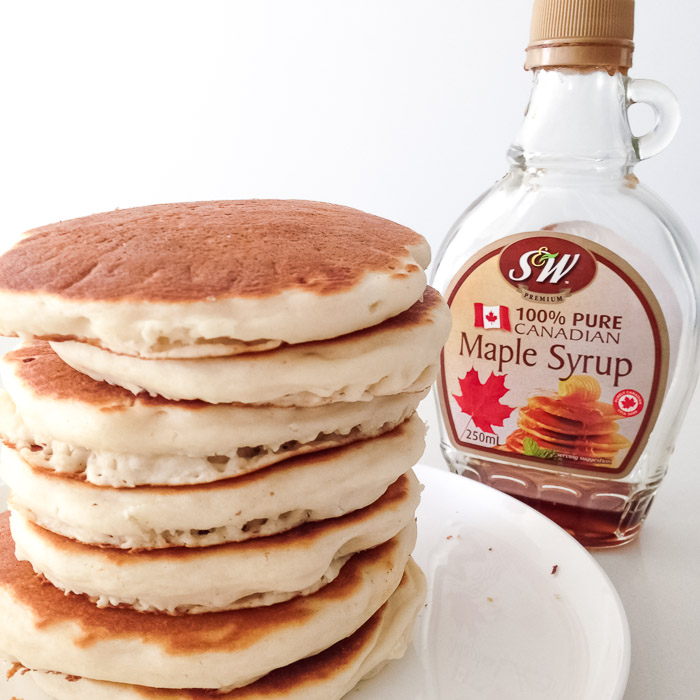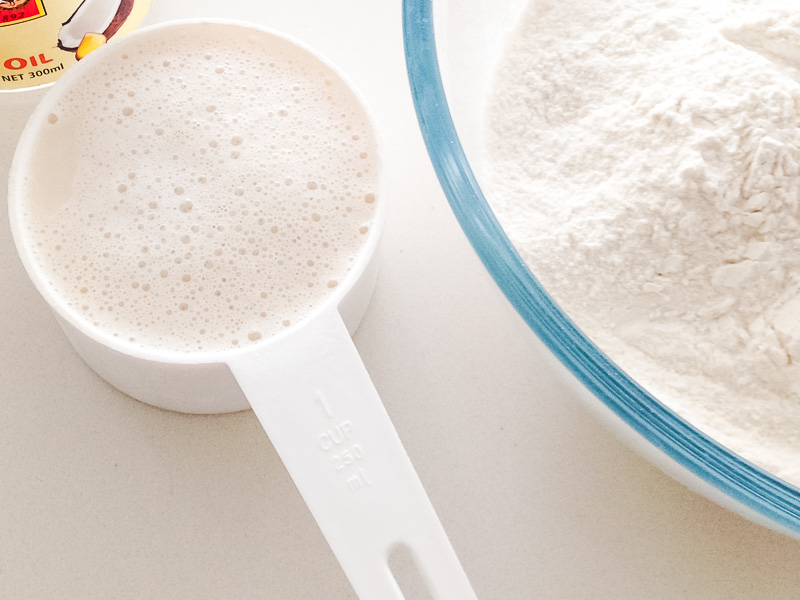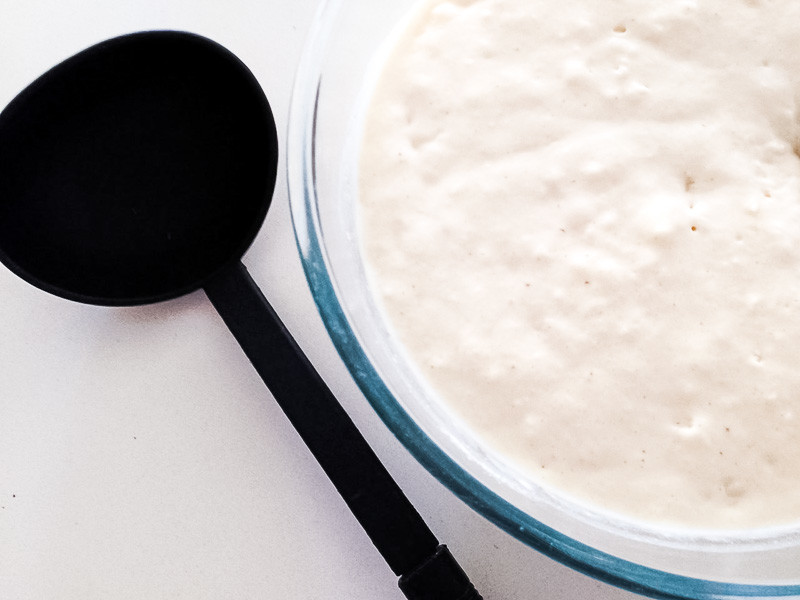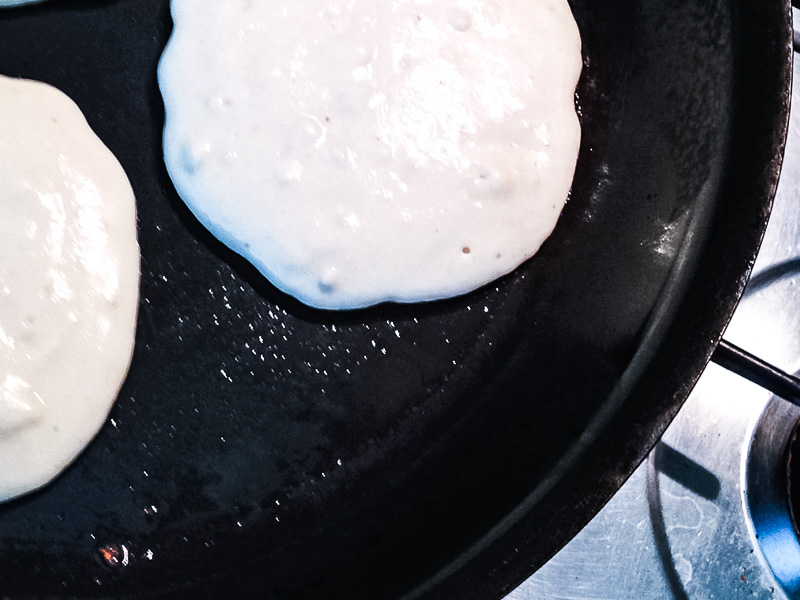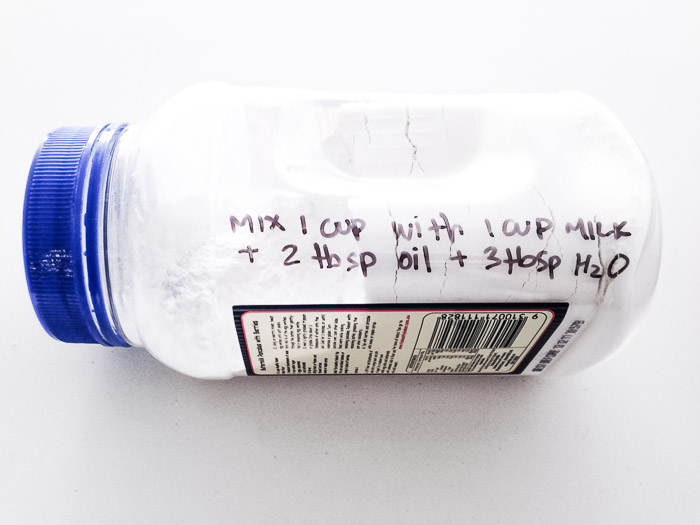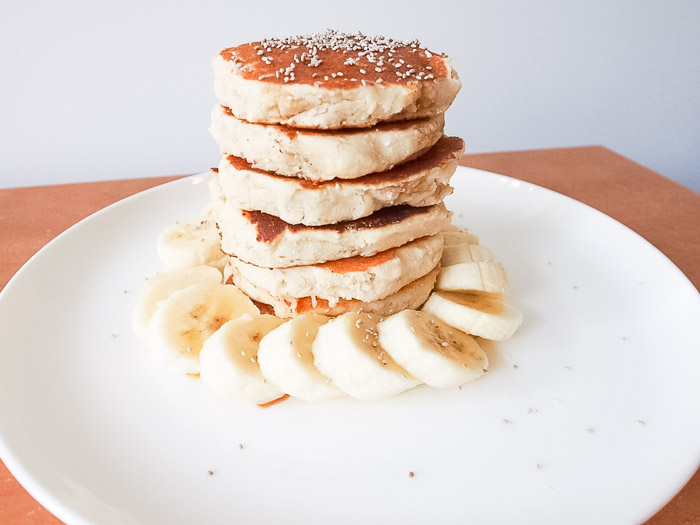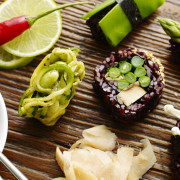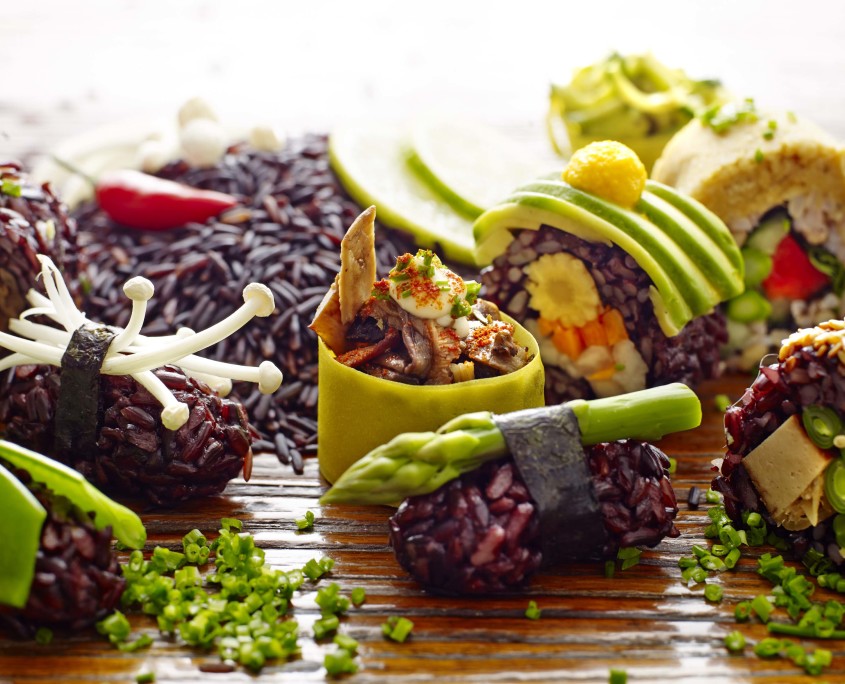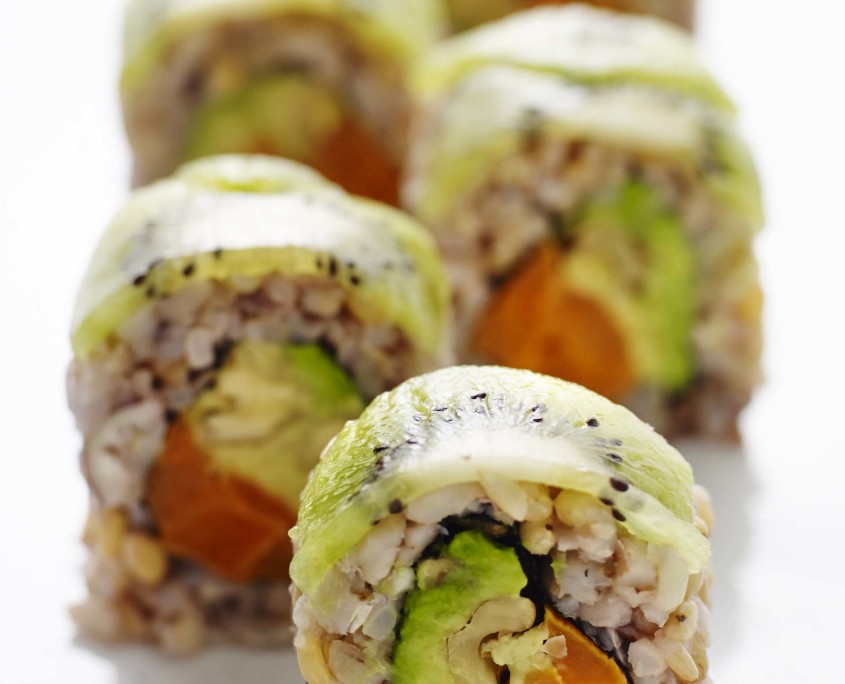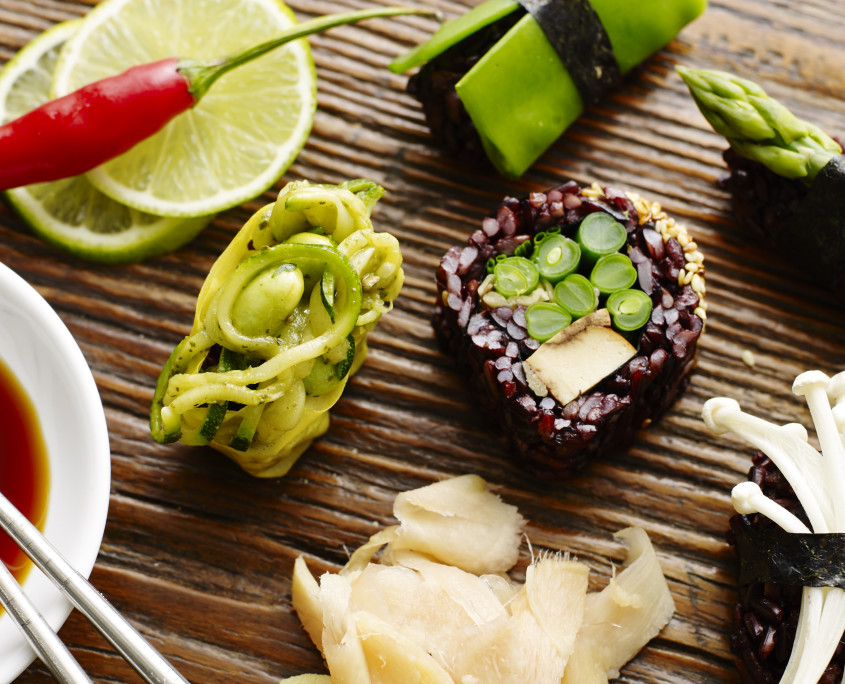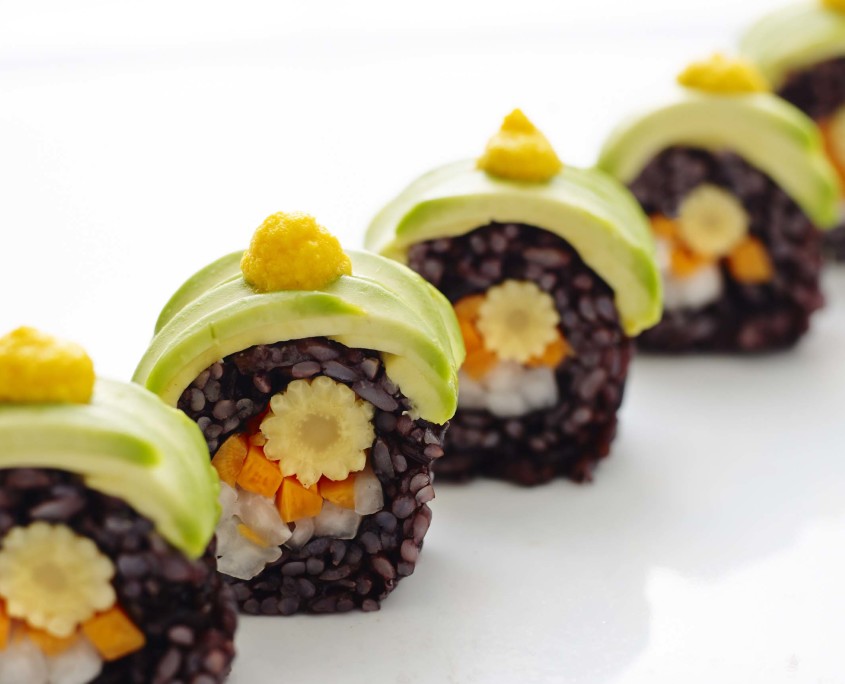My top nutrition news items this week include information from Dr Fuhrman about the increasing obesity epidemic; while Dr Greger poses the questions on his Nutrition Facts websites how much is too much fruit, and is buying organic really worth it?

Our Obesity Epidemic – getting worse, not better
Dr Joel Fuhrman recently posted an article about the continuing rise of obesity in the United States. As Dr Fuhrman writes, in the 28 years between 1980 and 2008, the prevalence of obesity in adults in the US more than doubled from 15% to 34%.
Today, 35.7% of Americans are obese, and a total of 68.8% are either overweight or obese.
Here in Australia, the rates of overweight and obesity amongst adults have doubled over the past two decades with Australia now being ranked as one of the fattest developed nations.
According to the Australian Institute of Health and Welfare (AIHW), 63% of Australian adults are overweight or obese, and 25% of children are overweight or obese. Being overweight and obese is the second highest contributor to burden of disease, after dietary risks. Smoking is the third highest.
Why are so many people overweight?
As Dr Fuhrman says: diets don’t work. Dr Fuhrman’s belief is that Americans are not only out of touch with their hunger and fullness signals, but are addicted to their disease-causing Standard American Diet (SAD).
According to Dr Fuhrman, “trying to lose weight by eating smaller amounts of the same foods fails over and over; you do not feel satisfied by the small portions, and between meals you suffer from the uncomfortable cravings and withdrawal symptoms (headaches, light-headedness, etc.) associated with unhealthy foods”.
What is the answer?
Dr Fuhrman prescribes a high-nutrient eating style, based on larger amounts of vegetables, which helps remove addictive cravings and withdrawal symptoms.
High-nutrient, health-promoting whole plant foods provide adequate micronutrients that don’t produce toxic withdrawal symptoms; and reduce the desire to overeat.
Whole plant foods and recipes recommended by Dr Fuhrman not only satisfy you with fewer calories, but also accelerate loss of body fat. This is the most effective strategy for weight loss, disease-reversal, and enhanced longevity.
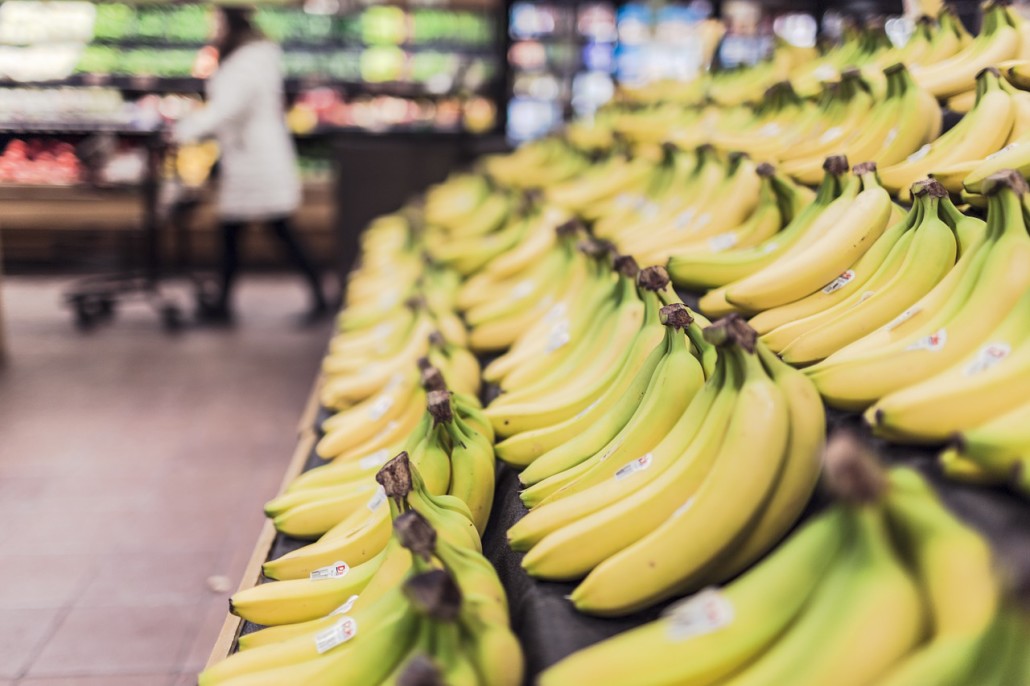
How Much Fruit Is Too Much?
With all the publicity about the dangers of too much sugar in our diets, some people have questioned whether the fructose in fresh fruit might be a problem.
This is of particular relevance to diabetics, who might be impacted with the consumption of too much fruit, which contains fructose. As is often the case, Dr Michael Greger deftly answers this question in his Nutrition Facts online videos and articles.
In answering the question is added fructose different to the naturally occurring fructose in fruit; research shows clearly that fresh fruit has protective benefits refined sugars lack.
In one study people who ate a whopping 20 pieces of fruit a day, which translates to about 4 times the upper adult limit of fructose toxicity, experienced “no adverse effects (and possible benefits) for body weight, blood pressure, and insulin and lipid levels after 12 to 24 weeks”. In another similar study no adverse effects were reported, with an added bonus 38-point drop in LDL (bad) cholesterol.
Quoting from the Harvard Health Letter, “the nutritional problems of fructose and sugar come when they are added to foods. Fruit, on the other hand, is beneficial in almost any amount [emphasis added]”.
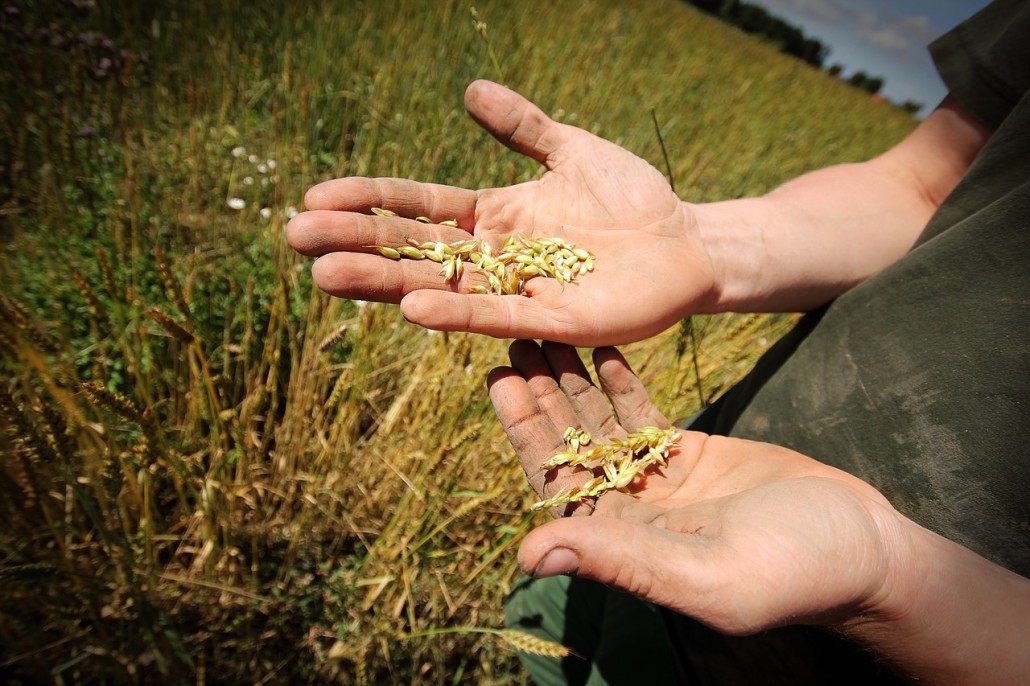
Is buying organic really worth it?
Most vegans and vegetarians are big supporters of organic farming, without use of harmful chemical fertilizers or pesticides.
Intuitively, this seems like the right thing to promote. The question arises then, should we be focusing not only on encouraging people to eat more vegetables, fruit, and healthy, natural plant foods, but also on buying (often more expensive) organic produce as well? Dr Greger of Nutrition Facts addresses this question in a series of videos.
Are Organic Foods more Nutritious?
Hundreds of studies comparing organic to conventional produce didn’t find significant differences for most of the traditional nutrients like vitamins and minerals. The conclusion was there is no strong evidence to support the perception that organically produced foods are more nutritious. The studies, did, however, find higher levels of phenolic phytonutrients, which are cancer-protective anti-oxidants. It could be argued, though, that simply by purchasing an extra serve of conventional produce (usually cheaper than organic); the same levels of phenolic phytonutrients could be obtained for around the same cost.
Are Organic Foods safer?
As Dr Greger puts it, “…organic foods may not have more nutrients per dollar, [but] consumption of organic foods may reduce exposure to pesticide residues and antibiotic-resistant bacteria”.
Studies have shown that although the risk of consuming food poisoning bacteria was the same with organic or conventional meat, exposure to multidrug resistant bacteria, resistant to multiple classes of antibiotics was lower with the organic meat.
What then of pesticide residue on plant foods?
According to Dr Greger, “There is a large body of evidence on the relation between exposure to pesticides and elevated rate of chronic diseases such as different types of cancers, diabetes, neurodegenerative disorders like Parkinson’s, Alzheimer’s, and ALS, as well as birth defects and reproductive disorders, but they’re talking about people who live or work around pesticides.”
Measuring the levels of pesticide residue running through the bodies of both children and adults after alternating between a predominantly organic and conventional diet, found that “eating organic provides a dramatic and immediate protective effect against exposures to pesticides commonly used in agricultural production”.
These dietary studies showed that during the week with mostly organic consumption, pesticide exposure was significantly reduced – by a nearly 90% drop in exposure.
Dr Greger concluded, “Consumption of organic foods provides protection against pesticides”. However, does protection against pesticides mean protection against disease? Currently, we don’t have the studies to prove this either way. In the meantime, consumption of organic food is a logical precaution.
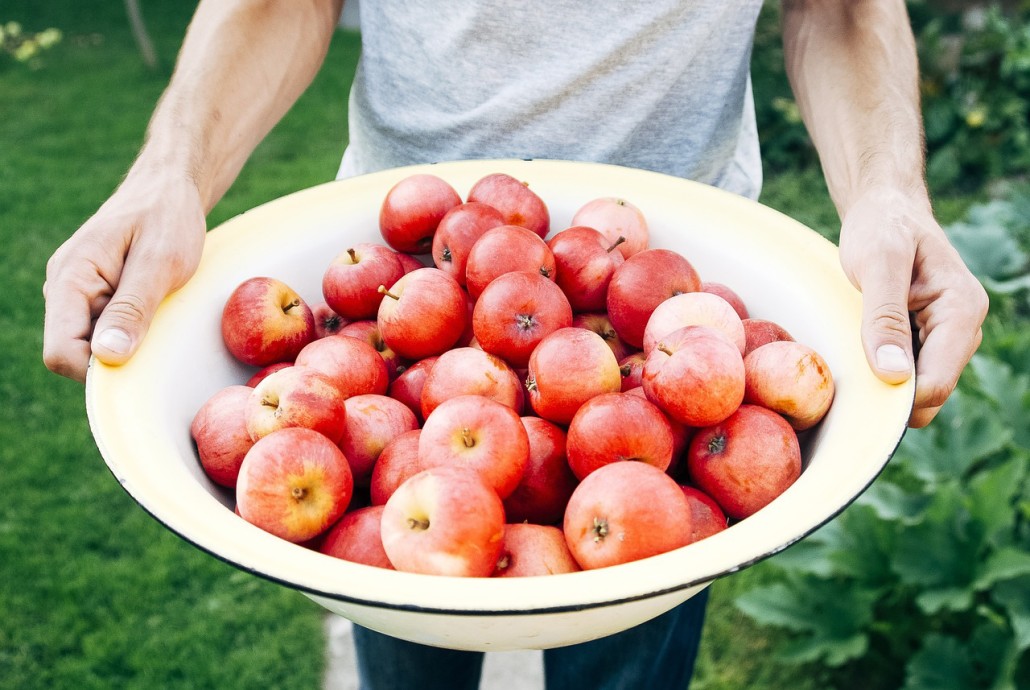
Are Organic Foods Healthier
As Dr Greger observes in this video report, “by eating organic we can reduce our exposure to pesticides, but it remains unclear whether such a reduction in exposure is clinically relevant”.
In some studies, organic consumers report being significantly healthier than conventional consumers. However, they also tend to eat more plant foods, less soda and less alcohol, processed meat or milk, and just eat healthier in general. No wonder they feel much better!
Dr Greger notes that the “Million Women Study in the UK was the first to examine the association between the consumption of organic food and subsequent risk of cancer. The only significant risk reduction they found, though, was for non-Hodgkin’s lymphoma”.
Certainly, studies have shown that higher levels of pesticides have been linked to higher incidence of conditions including ADHD, testicular cancer and birth defects. It is unclear, though, whether the increased pesticide levels were due to other factors such as higher consumption of animal products and environmental exposure by farm workers.
To date, there haven’t been, according Dr Greger, any ‘interventional trials’, comparing people raised on organic diets compared to those raised on conventional diets – except, as Dr Greger drolly observes, studies done on fruit flies!
Organic Food Benefits – overrated or underrated?
For 25 years pesticides have been classed as probable carcinogens, potentially damaging our DNA, genes or chromosomes. Most of the damage, however, seems to be done to the farm workers in close contact with these chemicals. Exposure to pesticide residue on produce is at levels well below acceptable limits.
There is still scientific controversy about the safety of pesticide levels, even under the safe limit. Cadmium levels, about half that in organic produce, is another highly toxic heavy metal that accumulates in the body and may be linked to phosphate fertilizers used in conventional crops.
On the flip side, the ‘organic’ food market has grown substantially over the years, and isn’t always a guarantee of health. People may falsely judge organic Oreo cookies, for example, as having less calories than regular Oreos, and believe there is less need for exercise when consuming these ‘organic’ junk foods.
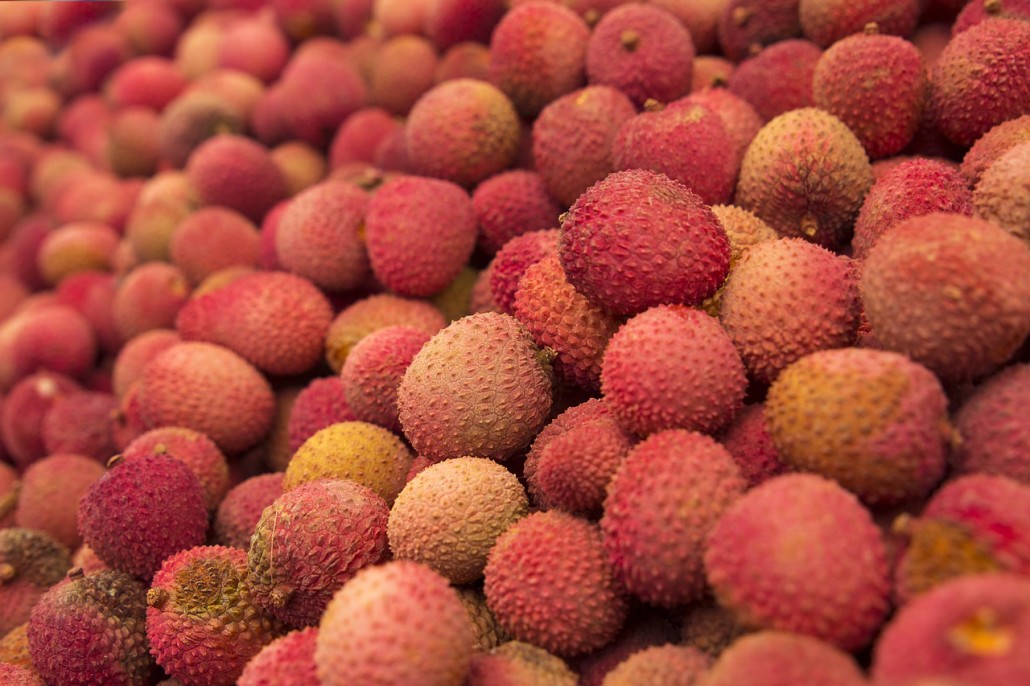
People tend to overestimate the nutritional benefits of organic food, and overestimate the risk of pesticides. In the US they erroneously believe that as many people die from pesticides residues on conventional foods as die from motor vehicle accidents. Some buyers of organic food might think that eating conventional produce is almost as bad as smoking a pack of cigarettes! The danger of this type of thinking is that it could lead to an overall decrease in fruit and vegetable consumption.
According to a study cited by Dr Greger, if half the US population increased their fruit and vegetable consumption by just one serving a day, an estimated 20,000 cancer cases might be avoided each year. Even if you allow for an additional 10 cases of cancer caused by the pesticide residue ingested due to the extra fruit and vegetable consumption; that represents potentially 19,990 fewer cases of cancer each year!
I’ll leave the last word on this subject to Dr Greger:
“We get a tremendous benefit from eating conventional fruits and vegetables that far outweighs whatever tiny bump in risk from the pesticides, but hey, why accept any risk at all when you can choose organic? I agree, but we should never let concern about pesticides stop us from stuffing our face with as many fruits and vegetables as possible”.
Tom Perry

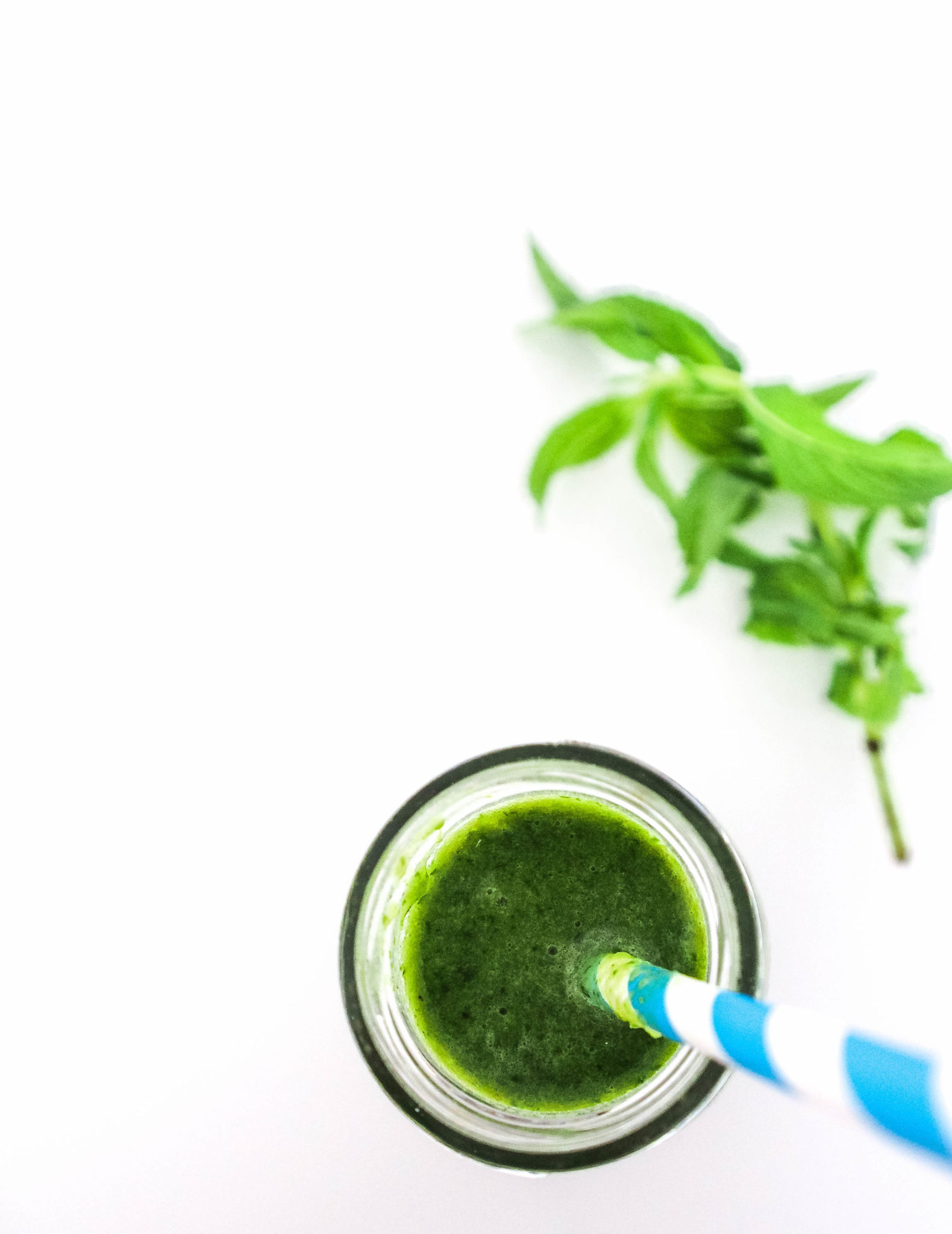



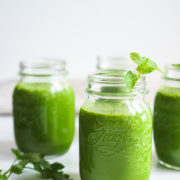
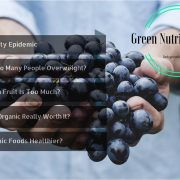





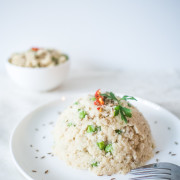
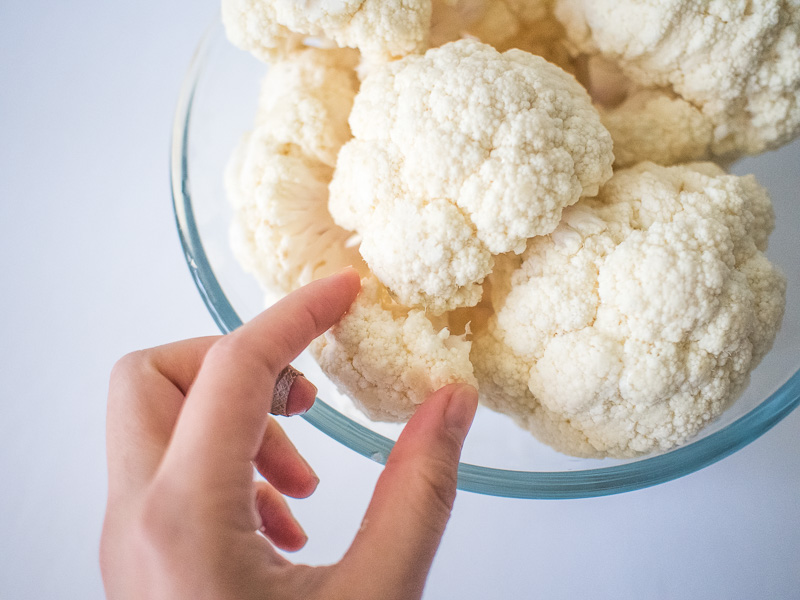
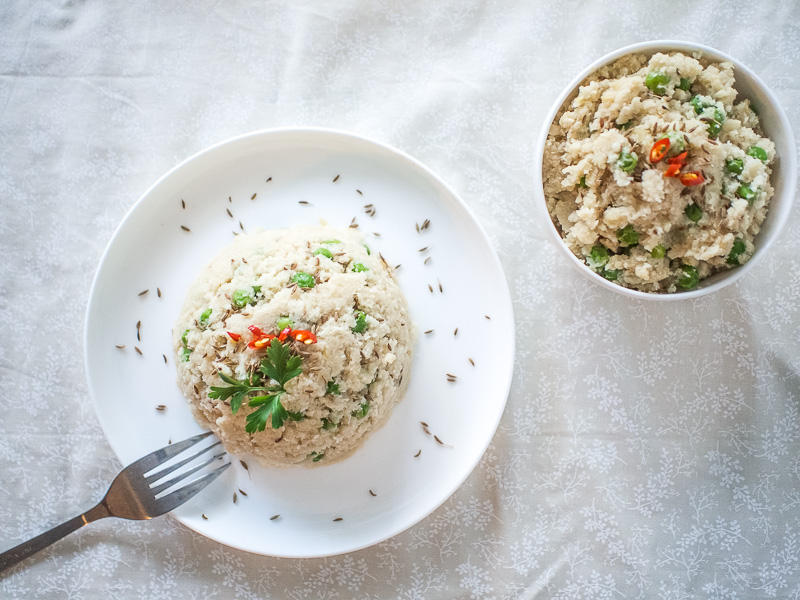
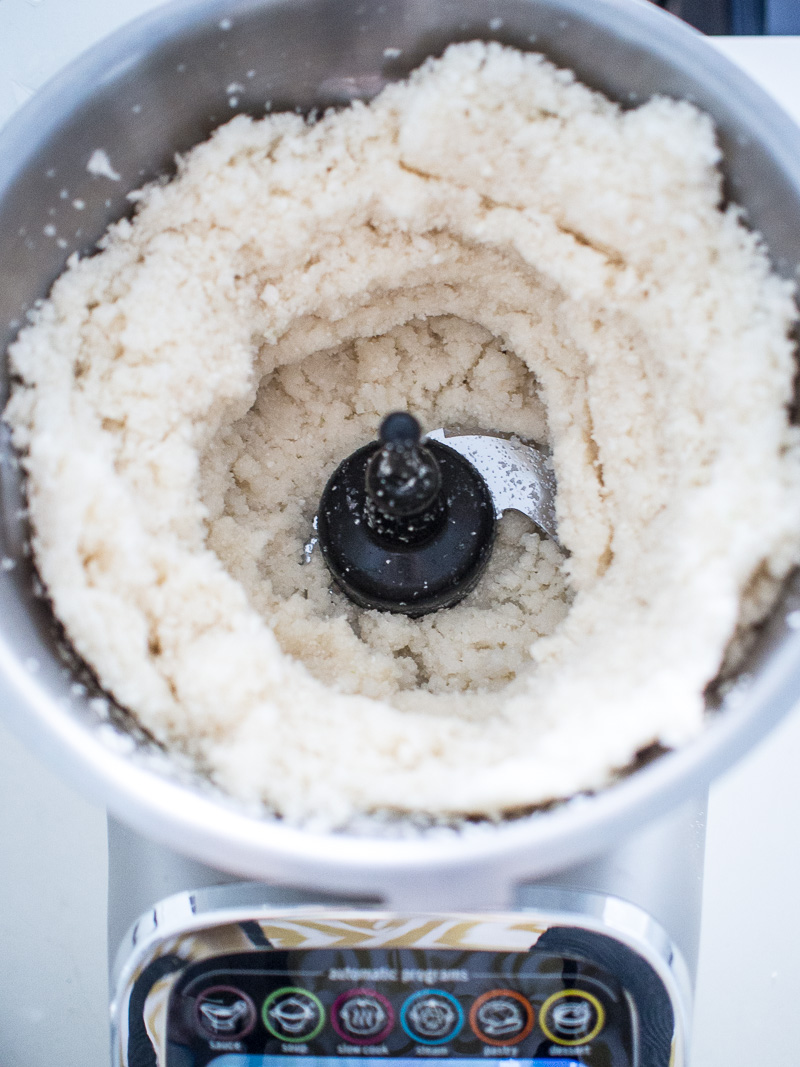
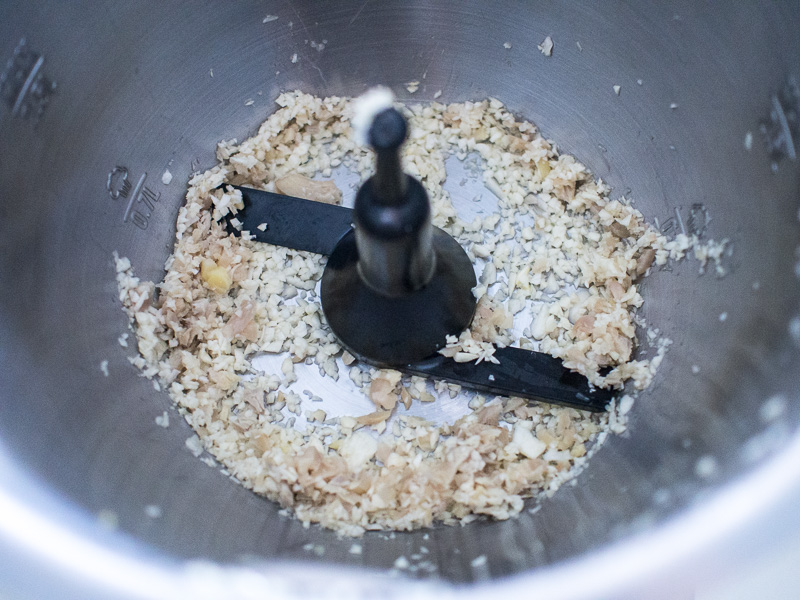

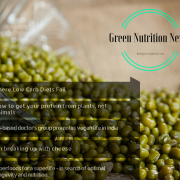
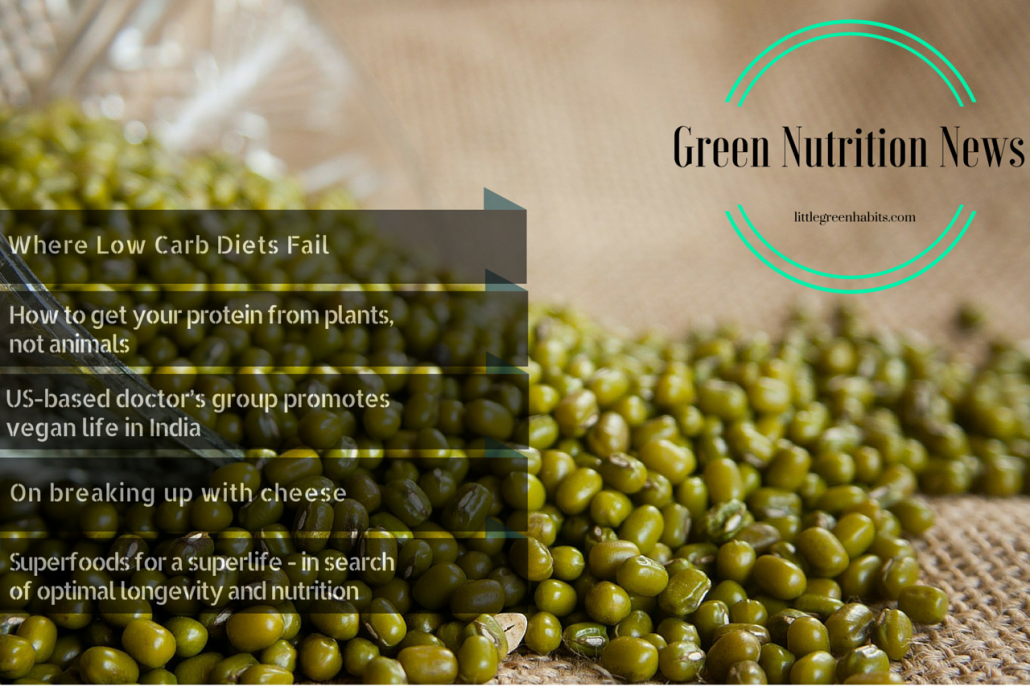
 How to get your protein from plants, not animals
How to get your protein from plants, not animals
